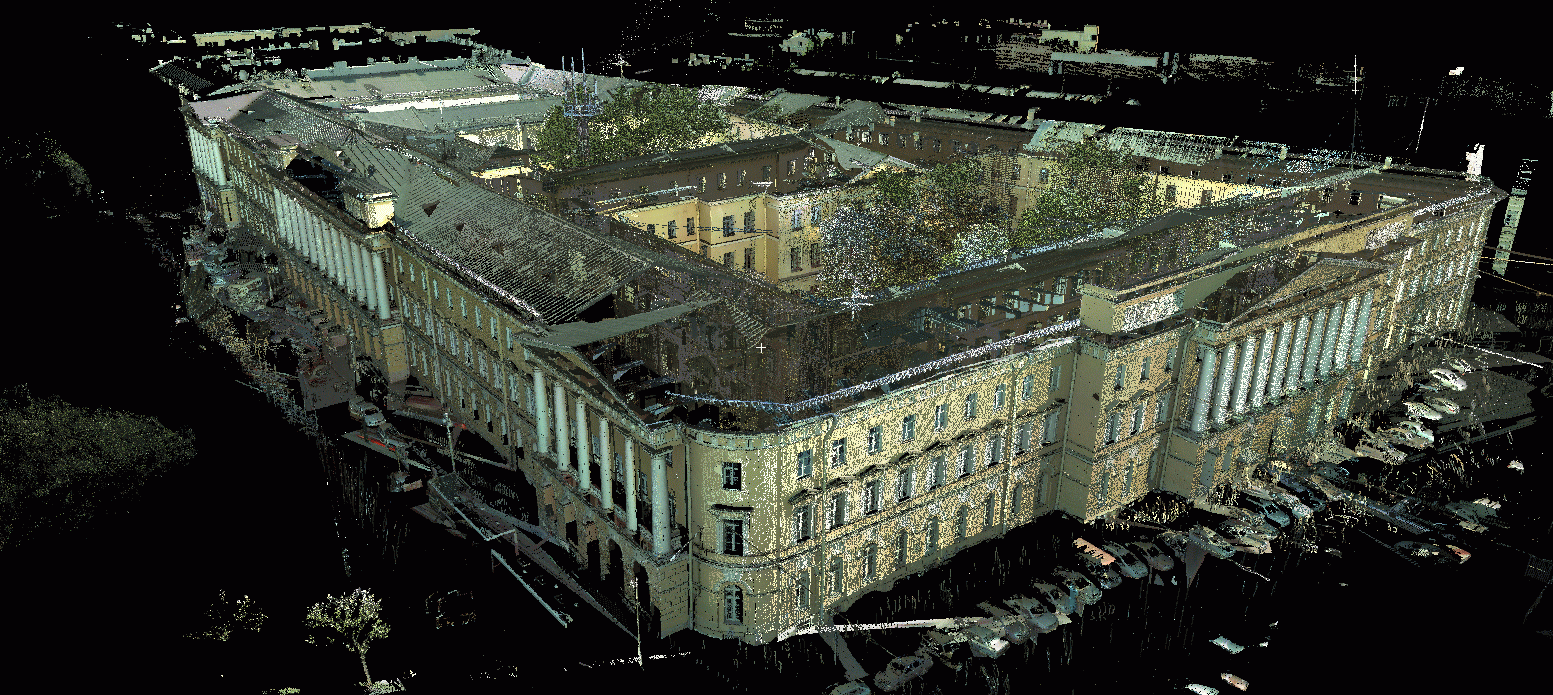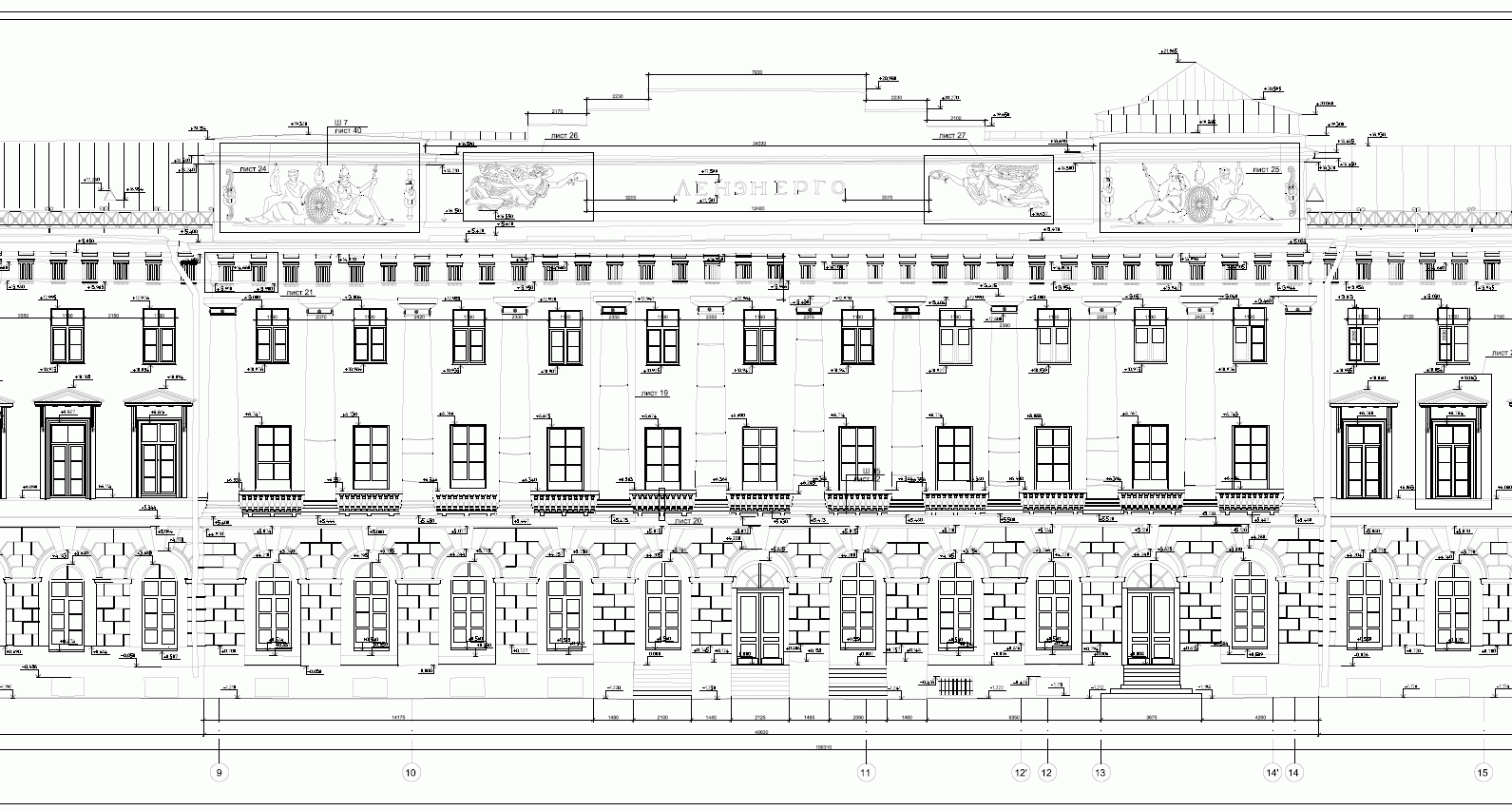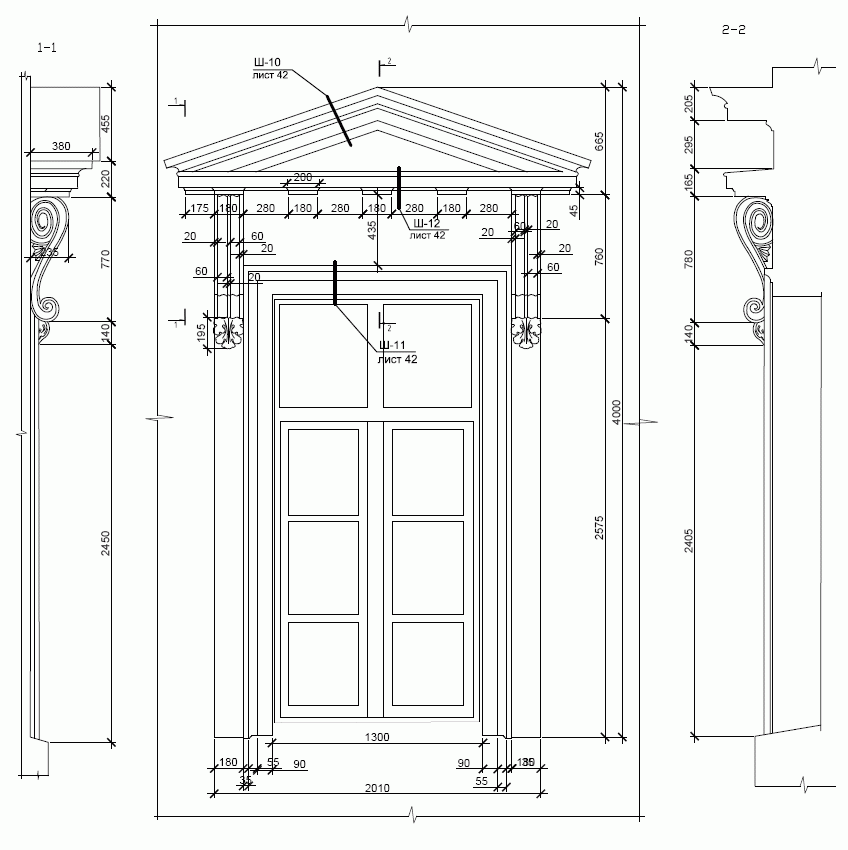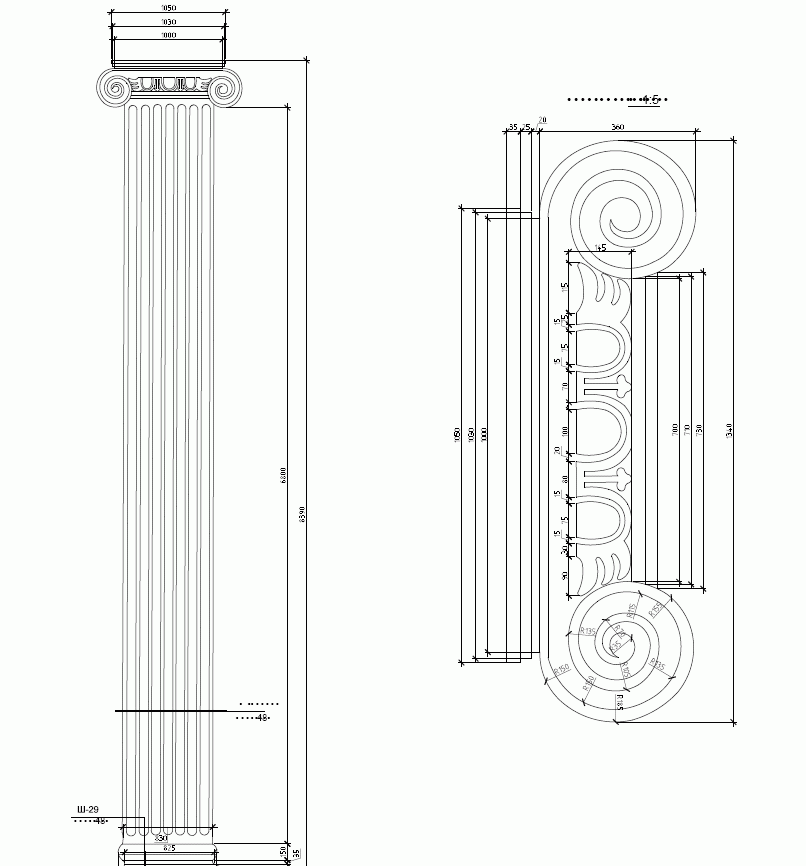 One of the projects currently underway to repurpose buildings in the historical centre of St. Petersburg is the construction of a hotel in the complex of buildings of the former barracks of the Pavlovsk Regiment Life Guards at Marsovo Pole, 1.
One of the projects currently underway to repurpose buildings in the historical centre of St. Petersburg is the construction of a hotel in the complex of buildings of the former barracks of the Pavlovsk Regiment Life Guards at Marsovo Pole, 1.
The buildings of the barracks are an example of Classicist architecture, built in 1817-1820 by architects Stasov and Timofeev, are dominant in the ensemble of Marsovo Pole. The building area of the trapezoidal-shaped complex with three courtyards is more than 87400 square metres, the volume is 179190 cubic metres. The length of the facade only along the Field of Mars is 155 metres. The bas-reliefs on the attics of the main and side facades are made after drawings by V.P. Stasov.
The reconstruction project envisages complete redevelopment of the buildings within the capital walls, preserving the historical appearance of all facades and interior spaces, where elements of artistic value have been preserved. The object is a monument of architecture and monumental art.
 The three and four-storey buildings, originally military buildings, were adapted in the early 20th century for the Elektrotok organisation (later Lenenergo). During the period of its existence, the barracks of this organisation underwent numerous internal alterations and modifications, including the organisation of bomb shelters and production workshops in the basement. The specifics of the work of Lenenergo required changes in the height of floors and ceilings for the laying of numerous cable systems.
The three and four-storey buildings, originally military buildings, were adapted in the early 20th century for the Elektrotok organisation (later Lenenergo). During the period of its existence, the barracks of this organisation underwent numerous internal alterations and modifications, including the organisation of bomb shelters and production workshops in the basement. The specifics of the work of Lenenergo required changes in the height of floors and ceilings for the laying of numerous cable systems.
 The original structure of the interior rooms and corridors was completely changed, divided by temporary partitions into a large number of small offices. The historic, vaulted ceilings have been covered with false ceilings in most of the rooms.
The original structure of the interior rooms and corridors was completely changed, divided by temporary partitions into a large number of small offices. The historic, vaulted ceilings have been covered with false ceilings in most of the rooms.
In the summer of 2011, Trimetari was engaged by the client to carry out a full range of measurement works for further design.
 The field phase – the actual laser scanning of the facades – was carried out by a team of two scanning specialists and a surveyor. There is no doubt that a similar amount of work carried out using traditional methods would have required several months of intensive work, scaffolding, particularly for the removal of bas-relief templates, and would have depended largely on the qualifications and experience of the performers, i.e. the human factor.
The field phase – the actual laser scanning of the facades – was carried out by a team of two scanning specialists and a surveyor. There is no doubt that a similar amount of work carried out using traditional methods would have required several months of intensive work, scaffolding, particularly for the removal of bas-relief templates, and would have depended largely on the qualifications and experience of the performers, i.e. the human factor.
 The chamber stage of data processing, including the production of volumes of project documentation including a full set of measurement drawings: facades, roofs, fragments, details and templates (a total of about 60 sheets) took two and a half months. This fact clearly testifies to the high quality of primary data and comprehensive information obtained with the help of scanning system, which allow to prepare project documentation in minimum terms without additional measurements and corrections. One of the features of laser scanning, namely the presence of a three-dimensional virtual copy of the object in the form of a cloud of points, allows to reduce the need for additional measurements and additional visits to the object to a minimum. If it is necessary to clarify some parameter, there is always an opportunity to refer to the three-dimensional copy of the object, as it is called, without getting up from the chair.
The chamber stage of data processing, including the production of volumes of project documentation including a full set of measurement drawings: facades, roofs, fragments, details and templates (a total of about 60 sheets) took two and a half months. This fact clearly testifies to the high quality of primary data and comprehensive information obtained with the help of scanning system, which allow to prepare project documentation in minimum terms without additional measurements and corrections. One of the features of laser scanning, namely the presence of a three-dimensional virtual copy of the object in the form of a cloud of points, allows to reduce the need for additional measurements and additional visits to the object to a minimum. If it is necessary to clarify some parameter, there is always an opportunity to refer to the three-dimensional copy of the object, as it is called, without getting up from the chair.
There is no doubt that laser scanning of building facades to create measurement drawings has great prospects. High accuracy, unrivalled detail of fixation, and three-dimensional data are the best suited for working with cultural heritage objects.
